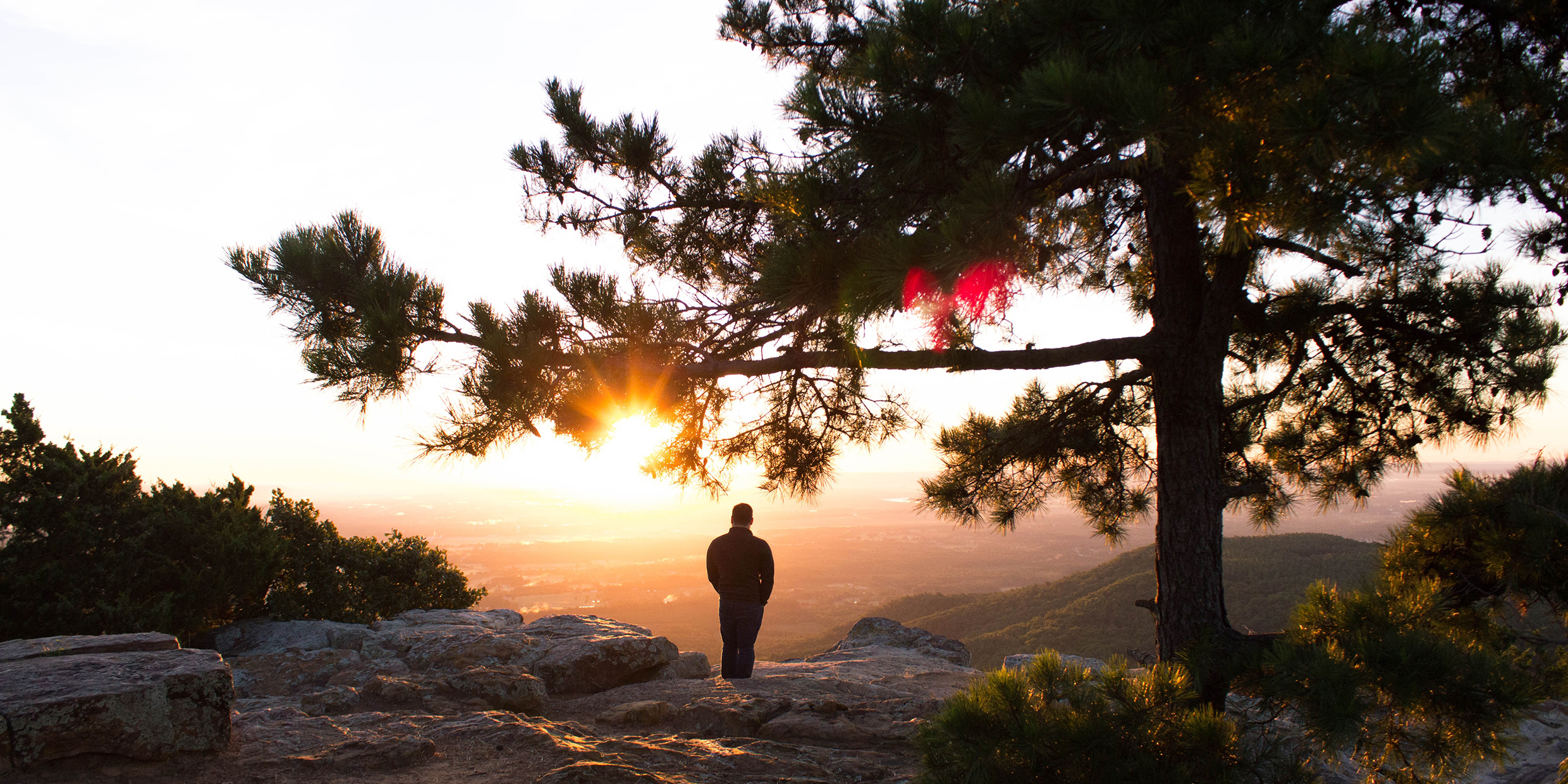Originally published 29 March 1993
“As time went by, I realized that the particular place I’d chosen was less important than the fact that I’d chosen a place and focused my life around it.”
Alaskan nature writer Richard Nelson continues: “What makes a place special is the way it buries itself inside the heart, not whether it’s flat or rugged, rich or austere, wet or arid, gentle or harsh, warm or cold, wild or tame. Every place, like every person, is elevated by the love and respect shown toward it, and by the way in which its bounty is received.”
Nelson’s special place is an island on the coast of Alaska, which he leaves unnamed for fear of contributing to its despoliation. The island is a wilderness. But a place need not be wild to bury itself in the heart. Some of the best nature writing has come out of places as ordinary as our own backyards: Henry Beston’s outermost house on Cape Cod; Edwin Way Teale’s old farm in Connecticut; Annie Dillard’s Tinker Creek in Virginia; John Mitchell’s cottage on the edge of time in a suburb of Boston.
These writers chose a place and focused their lives around it. Because they are writers, they have shared the bounty they received. But one need not be a writer to know a place and love it. One need only turn off the TV, step out the door, walk, and watch. Rocks, sky, flora and fauna, diurnal and annual cycles of natural and human history — these things are there for the taking, an inexhaustible munificence.
Unlike our more settled ancestors, Americans in the late 20th century tend to blow about like thistledown, without ever taking hold. For the most part, we have little loyalty to the land upon which we live, little knowledge of its story, no inkling of its riches. Which is why we need to be reminded now and then of the gifts of nature that lie before our noses.
Mary Kennan Herbert, of Walker and Company publishers, is an editor who takes nature writing as her special brief. First at Prentice Hall, and now at Walker, she has labored to bring to the public the kind of writing that helps us see what makes a place particular. She has now embarked upon a project of inspired originality and promise — a series of artists’ journals called America in Microcosm that each explore one square mile across the United States.
The first volume is Cathy Johnson’s One Square Mile: An Artist’s Journal of America’s Heartland, a sketchbook/journal recording the natural history of a plot of land in rural Missouri. Woods, meadows, pond, stream: It’s all here, a tiny microcosm of America, breathtaking in its bounty. Johnson’s sketches from nature are done with loving sensitivity. They are eye-opening.
An appendix to her book lists hundreds of species of insects, birds, reptiles, amphibians, and mammals, and kinds of rocks and fossils, she observed on her square mile, including a mystery bird that went “wheeeeep, wht-wht-wht-wht-wht.” The list, she admits, is far from being a complete inventory, which suggests the artist can look forward to a lifetime of discovery. The list is long enough to make this reader realize how little he knows about his own square mile.
Future volumes in the series will detail square miles of the Atlantic Coast (New Jersey artist John Quinn), the American West (Californian R. Richard Gayton), and New England (our own Clare Walker Leslie, who has used her sketchbooks to teach many of us how to see).
Cathy Johnson takes as her epigraph a quote from New England author Elizabeth Coatsworth: “And if American’s are to become really at home in America it must be through the devotion of many people to many small, deeply loved places. The field by the sea, the single mountain peak seen from a man’s door, the island of trees and farm buildings in the western wheat, must be sung and painted and praised until each takes on the gentleness of the thing long loved, and become an unconscious part of us and we of it.”
There are certainly enough people in America to give each square mile the devotion it deserves — roughly 70 Americans for every square mile of land. If each of us did even a bit of singing and painting and praising we could transform the heart and soul of the nation.
Of course, some of America’s square miles are pretty much able to take care of themselves; others will require seven times 70 singers and painters and praisers to save them from despoliation. Not one of America’s square miles has a chance in the long term unless most of the square miles are cared for today.
Cathy Johnson’s premiere volume in the American in Microcosm series is full of singing and painting and praising — and caring. Raccoon tracks in snow, shadows on still water, spider webs, baby skinks, and a bird that goes “wheeeeep, wht-wht-wht-wht-wht”: These are details, lovingly rendered by pen, pencil or brush, that bury themselves in the heart and make a place — any place — a home.



